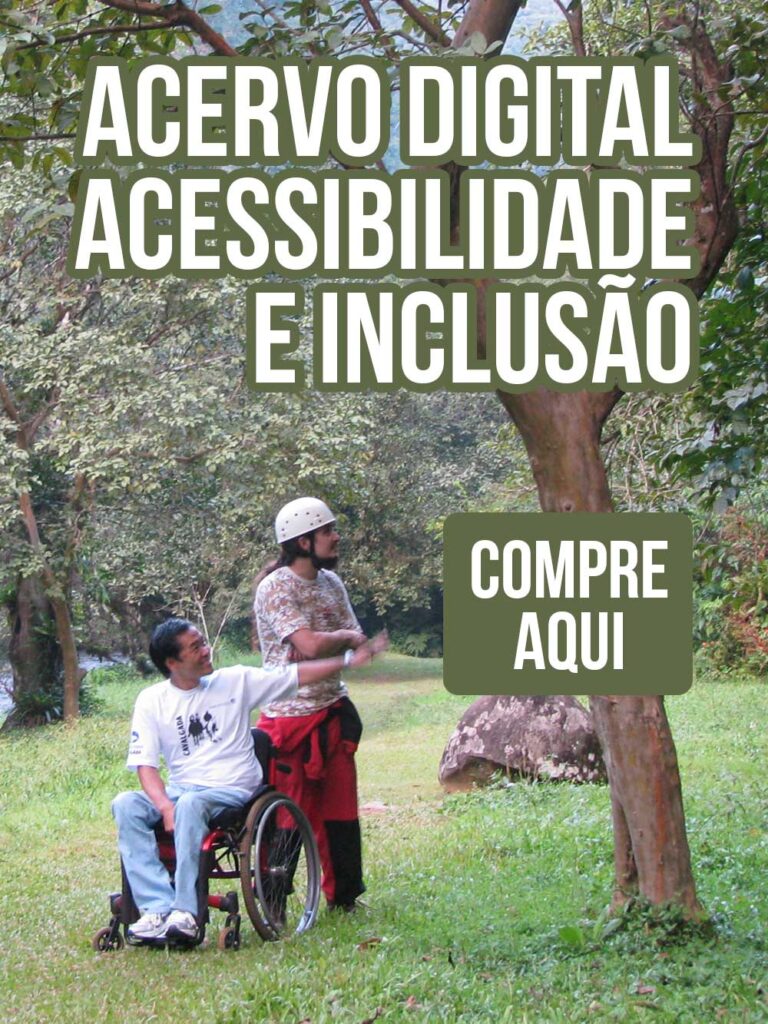
Ohio sees increase in disabled parking permits
DAYTON, Ohio (AP) — A sharp increase in the number of disabled parking permits issued in Ohio has raised questions about whether they are too easy to Improving accessibility is sound business practice Thursday.
The state of Ohio handed out 300,000 of the disabled parking placards last year, which was a 21-percent increase from 2006, according to the Dayton Daily News.
Requirements to get a placard include a prescription from a health professional, which requires proof of a disability, an application to the Bureau of Motor Vehicles and a $3.50 fee.
A health care professional must certify that an applicant meets standards for disability. That can include the inability to walk 200 feet without resting, needing a cane, crutch or other assistance to walk, or use of portable oxygen.
Still, some consider the application process too lax.
“It is the general feeling of council members that it is too easy to get one of those placards,” Linda Oda, chairwoman of the Governor’s Council on People with Disabilities, told the newspaper.
Officials have noted drivers parking in disabled spaces without placards, using placards of living or deceased family members or even using their issued placards to park in disabled spaces when traveling to activities such as aerobics.
Dr. Jill Manahan, who practices internal medicine, says that the process to issue a handicapped placard is “definitely subjective.”
“All a physician needs to do is write a prescription, and really, that’s all that’s involved,” Manahan said. “Most of the time you see it done through orthopedists, but other people may have chronic pain or extreme obesity. There’s no set-in-stone criteria.”
However, experts caution people not to assume a placard is being misused when they see a driver without an obvious handicap.
“There may be people with a heart issue,” said Kathy McMahon-Klosterman, a Miami University professor who has worked in special education. “Maybe they’ve only got so many steps in them.”
Fines for inappropriate disabled space parking, which range from $250 to $500, usually are posted next to the spaces. Some say those reminders aren’t enough to discourage wrongdoing.
According to the Americans with Disabilities Act, one out of every 25 parking spots must be accessible to the handicapped, and one of every eight of these handicapped parking spaces has to be van accessible. If there are 500 to 1,000 parking spaces, 2 percent of them must be handicapped accessible. For parking lots with more than 1,000 spaces, 1 of every 100 spaces must be accessible.
Source: The Marietta Times
Compartilhe
Use os ícones flutuantes na borda lateral esquerda desta página
Siga-nos!
Envolva-se em nosso conteúdo, seus comentários são bem-vindos!
2 Comentários
Enviar um comentário
Você precisa fazer o login para publicar um comentário.
Artigos relacionados
Posicionamento para acessibilidade malfeito é uma barreira
Posicionamento para acessibilidade. A posição de equipamentos e mobiliários deve ser correta, caso contrário elas se tornam barreiras.
Buffet sem acessibilidade. Aprenda a evitar esse problema.
Buffet sem acessibilidade. A maioria dos buffets são inacessíveis e causam dificuldade ou impedimentos para pegar a comida com independência.
Nada sobre nós sem nós. A inclusão que gera resultados.
Nada sobre nós sem nós. Nada melhor do que saber das próprias pessoas com deficiência, a melhor forma de como lidar com a acessibilidade.






When someone writes an piece of writing he/she maintains the thought of a user in his/her brain that how a user can be aware of it.
So that’s why this piece of writing is great. Thanks!
Fine words! Thanks for your comment. Comments are extensions that add even more value to the published text.